- Home
- Health Condition
Eye Drops For Eye Infection
Eye Drops For Eye Infection
- Total Items (762)
 RX
RXMyatro 0.01% Eye Drops 5 ml
₹232.20
MRP ₹258
10% off
 RX
RXKidtro Eye Drops 5 ml
₹265.50
MRP ₹295
10% off
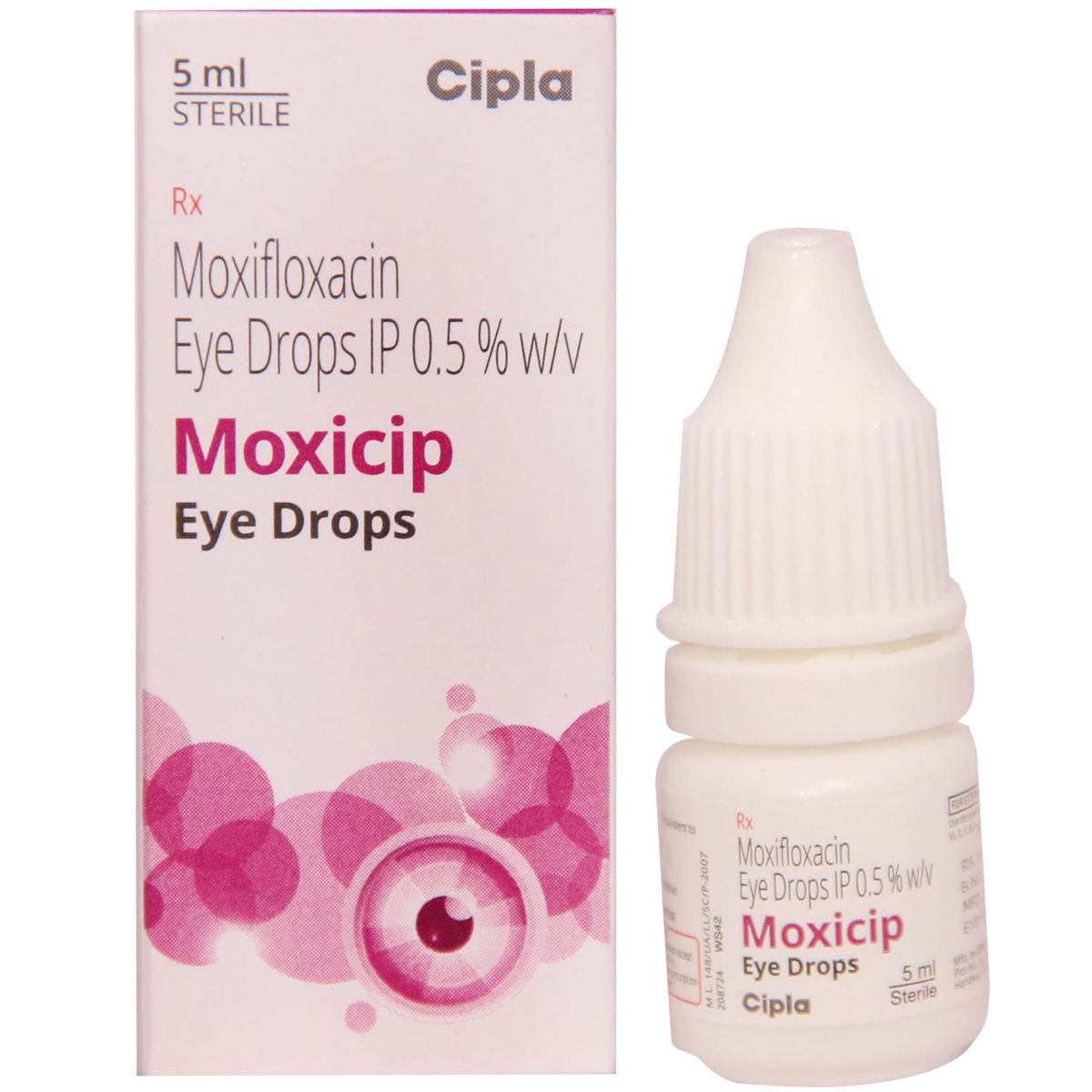 RX
RXMoxicip Eye Drops 5 ml
₹227.70
MRP ₹253
10% off
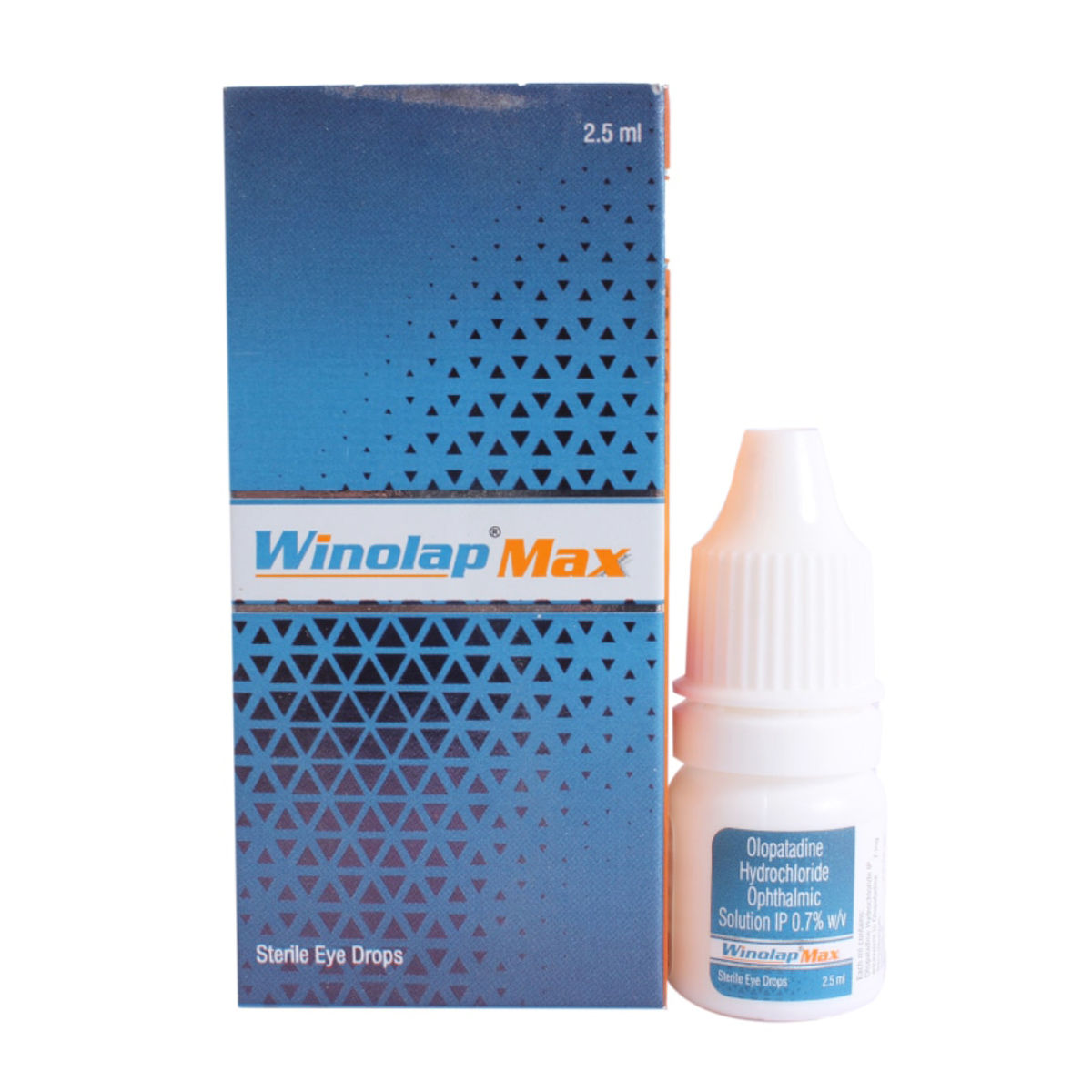 RX
RXWinolap Max Eye Drops 2.5 ml
₹279.90
MRP ₹311
10% off
 RX
RXOlopat Eye Drops 5 ml
₹196.20
MRP ₹218
10% off
 RX
RXVozole Eye Drops 1's
₹391.50
MRP ₹435
10% off
 RX
RXFML Liquifilm Drops 5 ml
₹165.60
MRP ₹184
10% off
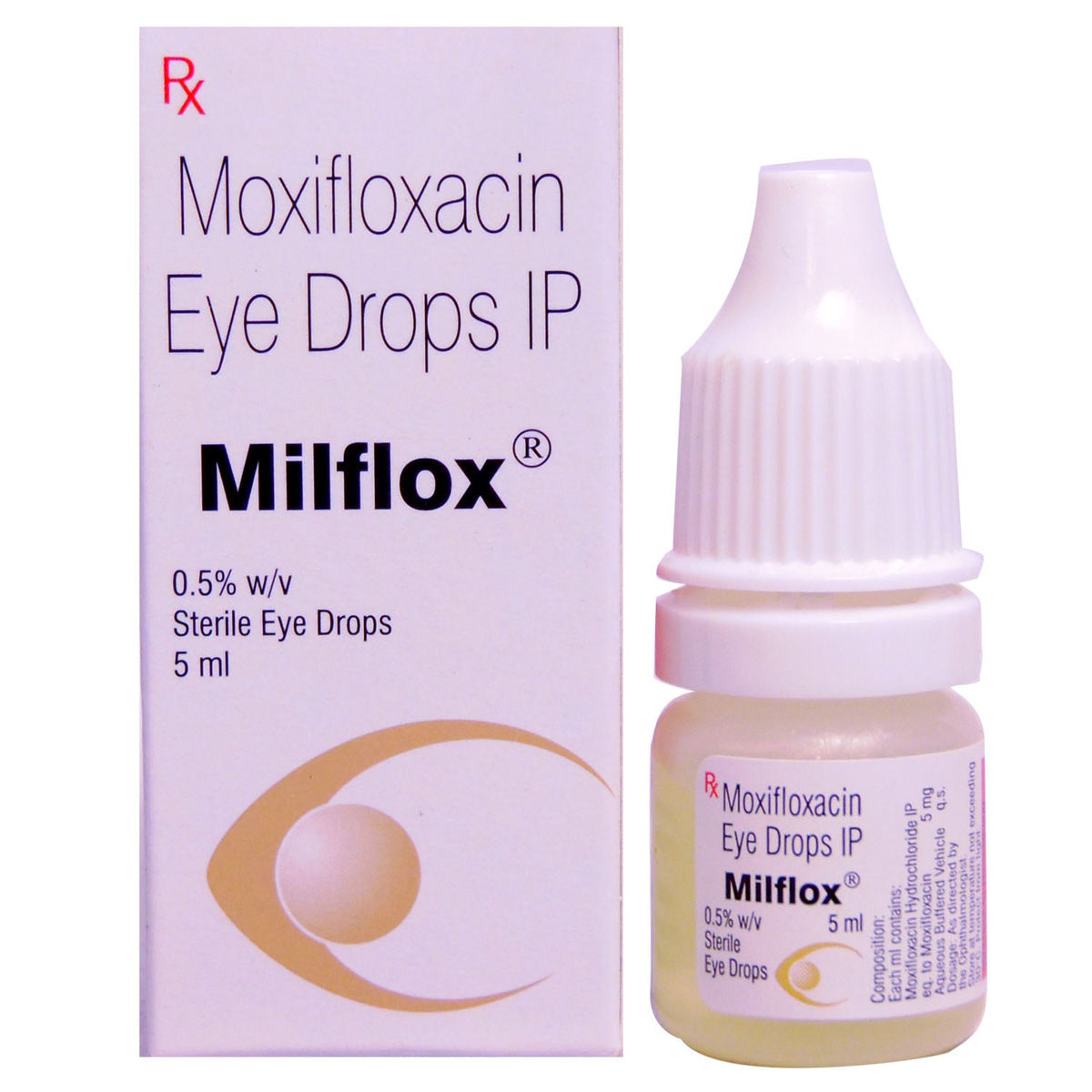 RX
RXMilflox Eye Drops 5 ml
₹192.60
MRP ₹214
10% off
 RX
RXWinolap DS Eye Drops 2.5 ml
₹213.30
MRP ₹237
10% off
 RX
RXToba Eye Drops 5 ml
₹112.50
MRP ₹125
10% off

Wet-Comod Drops 10 ml
₹535.50
MRP ₹595
10% off
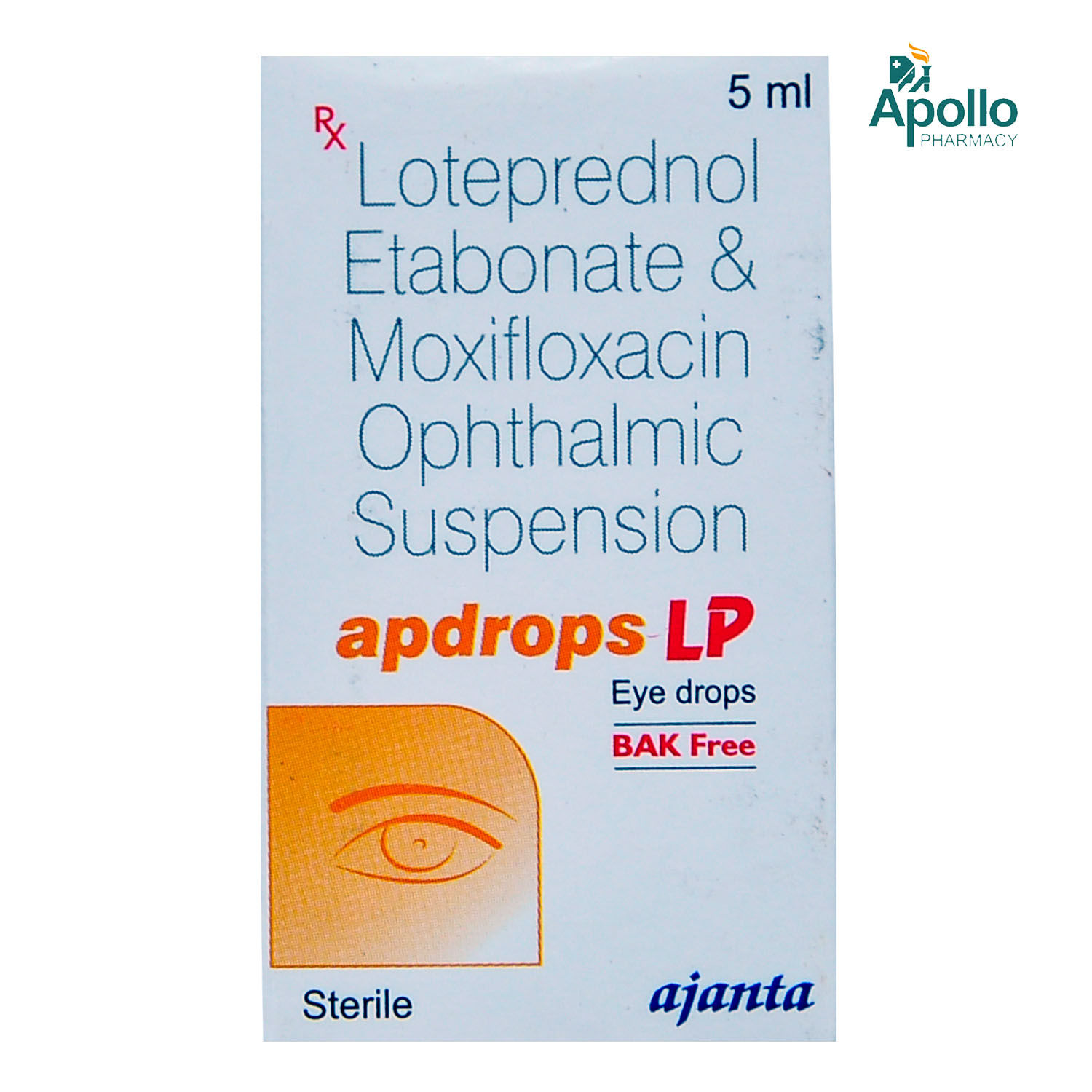 RX
RXApdrops LP Eye Drops 5 ml
₹224.10
MRP ₹249
10% off
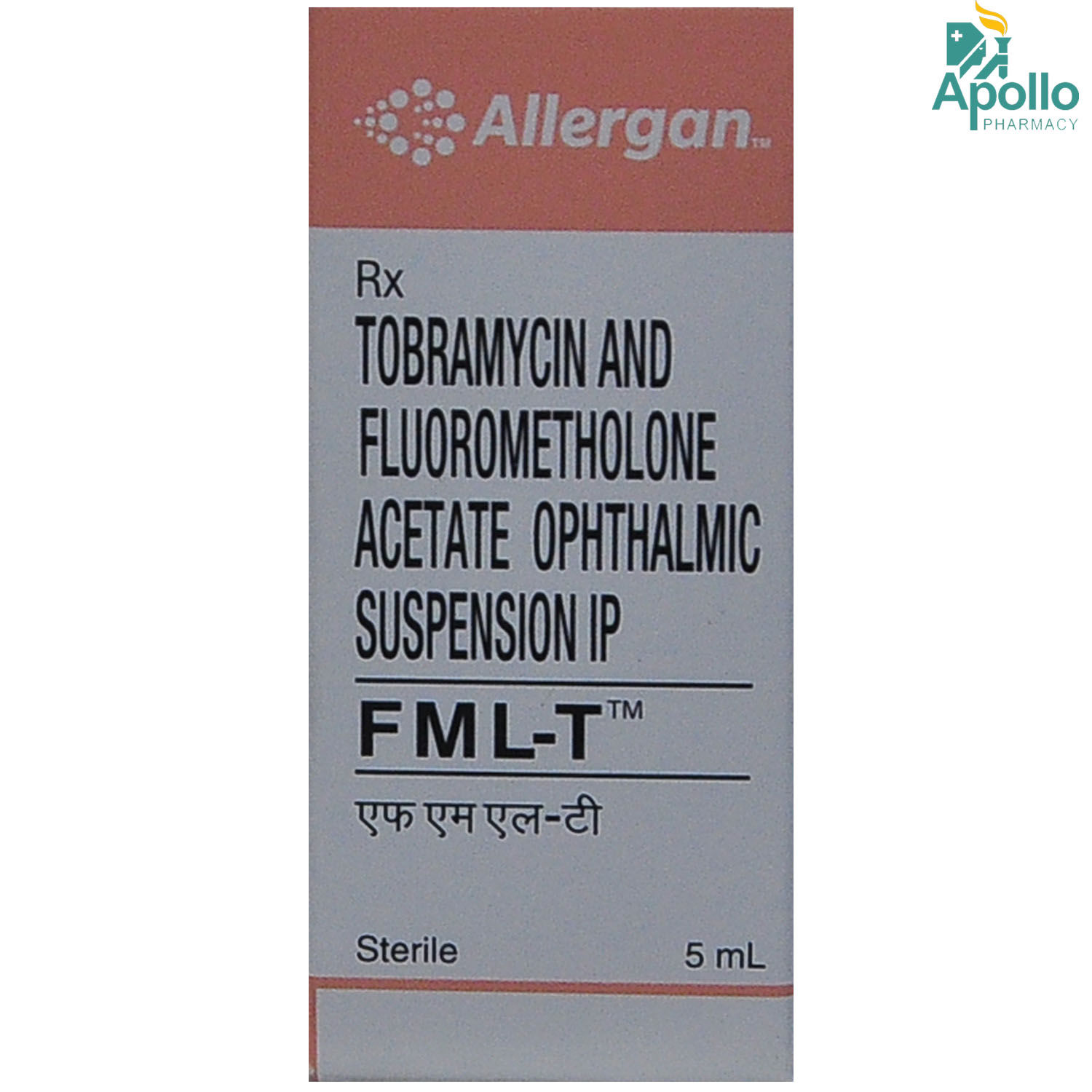 RX
RXFML-T Eye Drops 5 ml
₹215.60
MRP ₹239.50
10% off
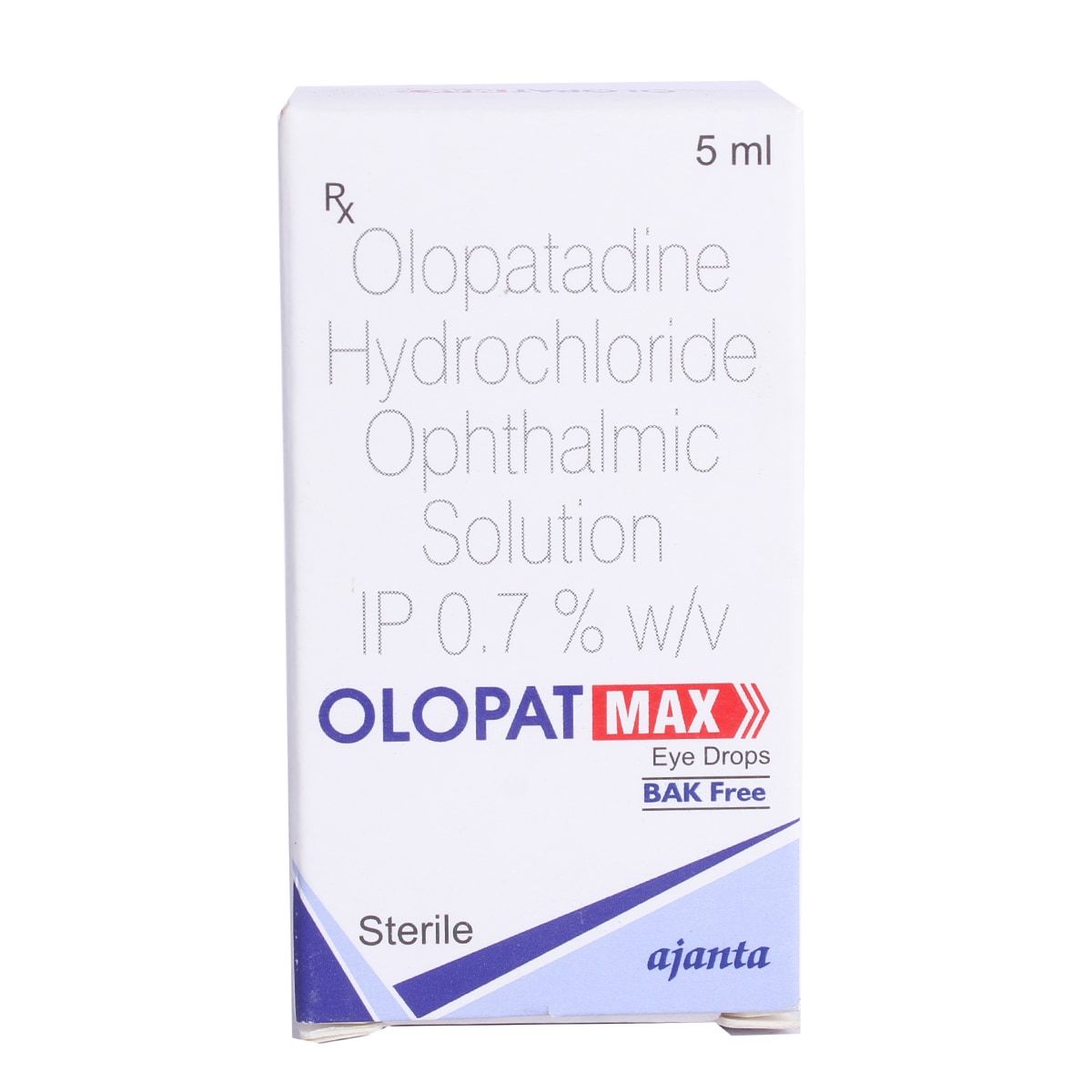 RX
RXOlopat Max Eye Drops 5 ml
₹307.80
MRP ₹342
10% off
 RX
RXOlopat OD Eye Drops 3 ml
₹236.70
MRP ₹263
10% off
 RX
RXAtrodex-C Eye Drops 5 ml
₹170.60
MRP ₹189.50
10% off
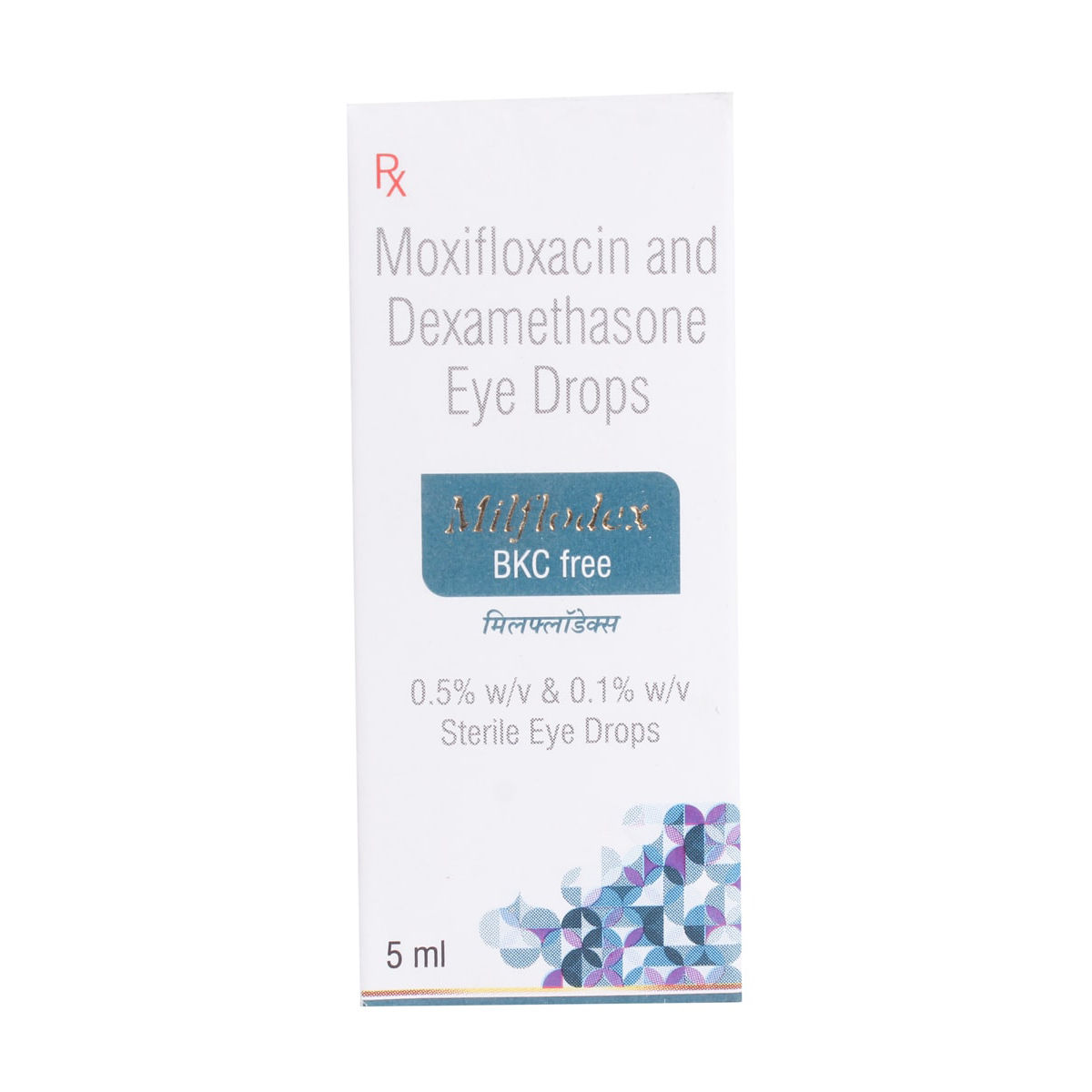 RX
RXMilflodex Eye Drops 5 ml
₹190.80
MRP ₹212
10% off
 RX
RXMoxicip D Eye Drops 5ml
₹223.20
MRP ₹248
10% off
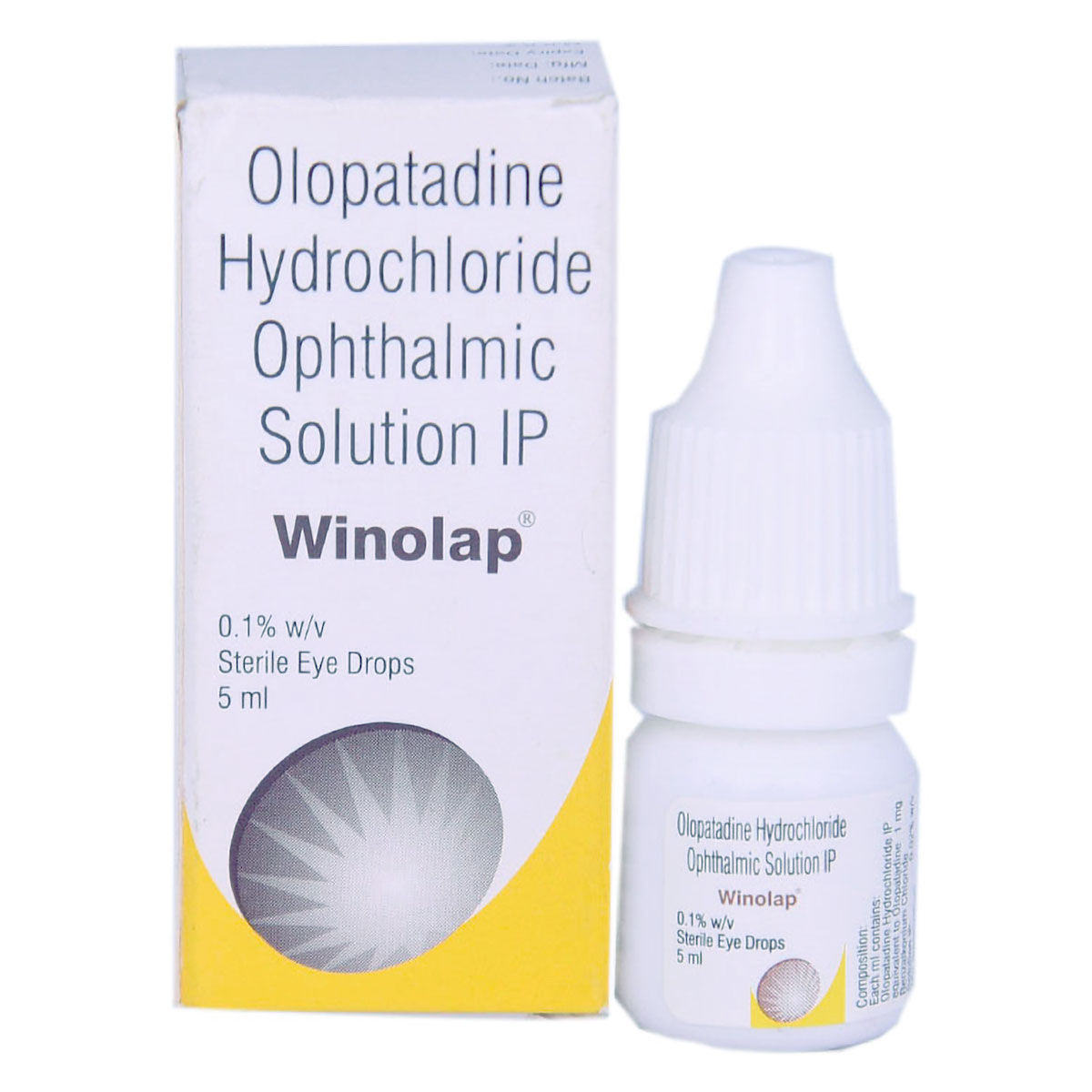 RX
RXWinolap 0.1% Eye Drops 5 ml
₹179.10
MRP ₹199
10% off
 RX
RXMyoped 0.01% Paed Eye Drops 5 ml
₹203
MRP ₹225.50
10% off
 RX
RXMoxigram LX Eye Drop 5 ml
₹180.90
MRP ₹201
10% off
 RX
RXCromal Forte Eye Drops 5 ml
₹99.90
MRP ₹111
10% off
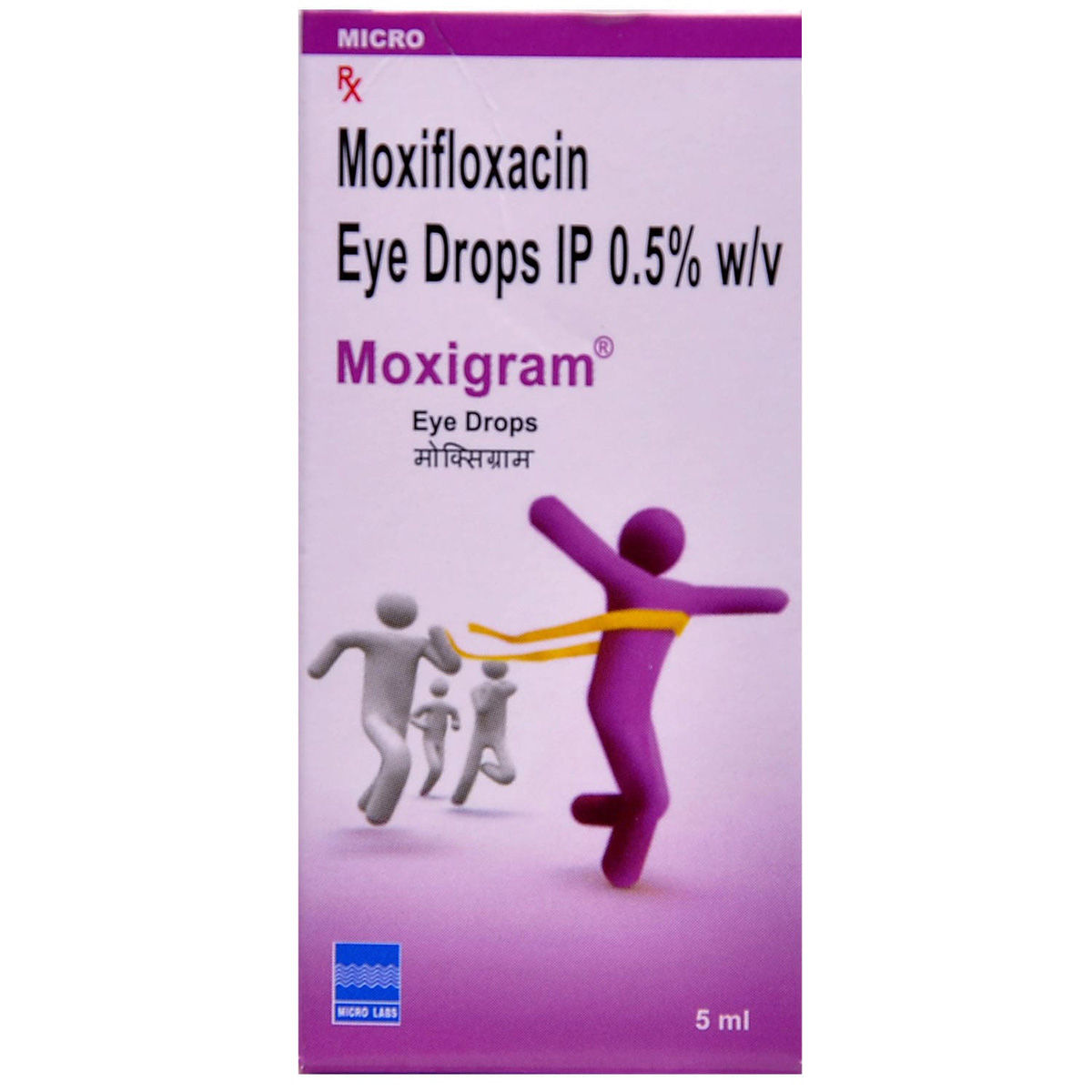 RX
RXMoxigram Eye Drops 5 ml
₹180.90
MRP ₹201
10% off
 RX
RXLotegate Eye Drops 5 ml
₹213.30
MRP ₹237
10% off
Eye Drops for Eye Infections
Eye infections can be uncomfortable and disruptive, often leading to symptoms such as redness, swelling, irritation, and discharge. These infections may be triggered by bacteria, viruses, or allergens, and treating them quickly and correctly is important to avoid further complications. Eye drops are commonly used to manage these conditions because they deliver medicine directly to the affected area, helping to ease symptoms and promote healing. In this guide, we’ll explore the main types of eye drops used for treating eye infections, how they work, and how to use them correctly for safe and effective results.
Types of Eye Drops for Eye Infections
Eye drops come in various formulations, each tailored to target specific causes of eye infections. Here's an overview of the most common types:
- Antibiotic Eye Drops: Used to treat bacterial eye infections such as conjunctivitis (pink eye) and keratitis, these drops contain tobramycin, ciprofloxacin, or erythromycin, which help eliminate bacterial overgrowth and prevent complications.
- Antiviral Eye Drops: Prescribed for viral infections like herpes simplex keratitis or viral conjunctivitis, these drops contain antiviral agents such as ganciclovir or trifluridine, which work to control viral replication and reduce symptoms. They are most effective when used early in the infection.
- Antifungal Eye Drops: Used for fungal eye infections, often caused by prolonged steroid use or injuries involving organic matter, antifungal drops like natamycin are effective against fungal keratitis. These infections require specialised treatment and should be managed by an ophthalmologist.
- Anti-Inflammatory & Steroid Eye Drops: These drops help reduce swelling, redness, and irritation caused by severe infections or allergic reactions. Medications like prednisolone or loteprednol control inflammation but should be used with caution, as they can worsen viral or fungal infections if misused.
- Lubricating & Artificial Tears: Though they do not directly treat infections, lubricating drops help relieve dryness and discomfort, especially in viral conjunctivitis. Ingredients like carboxymethylcellulose or hyaluronic acid soothe irritation and support healing.
- Combination Eye Drops: Some formulations include multiple active agents, such as antibiotics combined with steroids, to address infection and inflammation simultaneously. These should be used under medical supervision to ensure proper treatment.
Benefits of Using Eye Drops for Eye Infections
Eye drops play a crucial role in treating eye infections by delivering targeted relief and medication directly to the affected area. Here are the key benefits:
- Direct Application for Fast Relief: Eye drops provide localised treatment, ensuring the active ingredients reach the infection site quickly for effective symptom control.
- Reduces Redness, Irritation, and Discomfort: Many eye drops contain anti-inflammatory or soothing agents that help alleviate itching, burning, and redness caused by infections.
- Eliminates Pathogens: Antibiotic, antiviral, or antifungal eye drops work specifically to eliminate bacteria, viruses, or fungi, preventing the infection from worsening or spreading.
- Prevents Complications: Early and consistent use of prescribed eye drops can reduce the risk of complications such as corneal damage, vision impairment, or chronic infections.
- Supports Tear Production & Hydration: Lubricating eye drops help maintain moisture, prevent dryness, and aid recovery, particularly in conditions like viral conjunctivitis or irritant-induced infections.
- Minimal Systemic Side Effects: Compared to oral medications, topical eye drops have a lower risk of systemic side effects, making them a safer treatment option for many individuals.
Dosage and Usage Instructions for Eye Drops
Proper application of eye drops ensures effective treatment and helps prevent contamination or irritation. Follow these steps for the best results:
- Wash Your Hands: Before handling eye drops, thoroughly wash your hands with soap and water to prevent introducing bacteria into your eyes.
- Position Your Head Correctly: Tilt your head slightly back and look upward. Gently pull down your lower eyelid to create a small pocket for the drop.
- Instil the Drops Properly: Hold the bottle close to your eye, but do not touch the eye or eyelashes with the dropper tip. Squeeze only one drop into the lower eyelid pocket as prescribed.
- Close Your Eye Gently: After applying the drop, close your eye softly and press lightly on the inner corner for about one minute to prevent drainage into the nasal passage. Avoid excessive blinking.
- Avoid Touching the Dropper: To maintain cleanliness and prevent contamination, never touch the dropper tip to any surface, including your eye, fingers, or skin.
- Wait Between Different Drops: If using multiple types of eye drops, wait at least 5 minutes between applications to allow proper absorption of each medication.
- Follow Prescribed Instructions: Always adhere to the dosage and schedule recommended by your healthcare provider. Never exceed the prescribed amount, as overuse can lead to side effects or reduced effectiveness.
Buy Eye Drops for Eye Infections Online at Apollo 24|7
Finding the right eye drops for infections is now easier with Apollo 24|7. Whether you're dealing with bacterial, viral, or allergy-related eye conditions, Apollo offers a wide selection of trusted medications to help relieve symptoms and support recovery.
With fast home delivery, expert guidance, and genuine products, treating eye infections has never been more convenient. Browse available options, follow the recommended usage instructions, and consult a doctor if symptoms persist.
Frequently asked questions
Bacterial infections usually cause thick, yellow or green discharge, and your eyelids may stick together. They can also be painful and swollen. Viral infections, on the other hand, lead to watery discharge and often spread from one eye to the other. If you have a cold or flu, your infection is likely viral.
Some are, but not all. Lubricating drops are generally safe for kids, but medicated ones, like antibiotics or allergy drops, should only be used if a doctor recommends them. Always check the label and ask a doctor if you’re unsure.
Some mild viral infections, like viral conjunctivitis, may resolve on their own within a few days to two weeks. However, bacterial and fungal infections often require medicated eye drops or other treatments to prevent complications.
It’s best to avoid wearing makeup while you have an eye infection, as it can worsen irritation and spread bacteria or viruses. If you’ve used makeup while infected, discard those products to prevent reinfection.
Yes, severe infections like keratitis, endophthalmitis, or uveitis can damage the eye and lead to permanent vision loss if not treated promptly. Early diagnosis and proper treatment are crucial to prevent complications.
